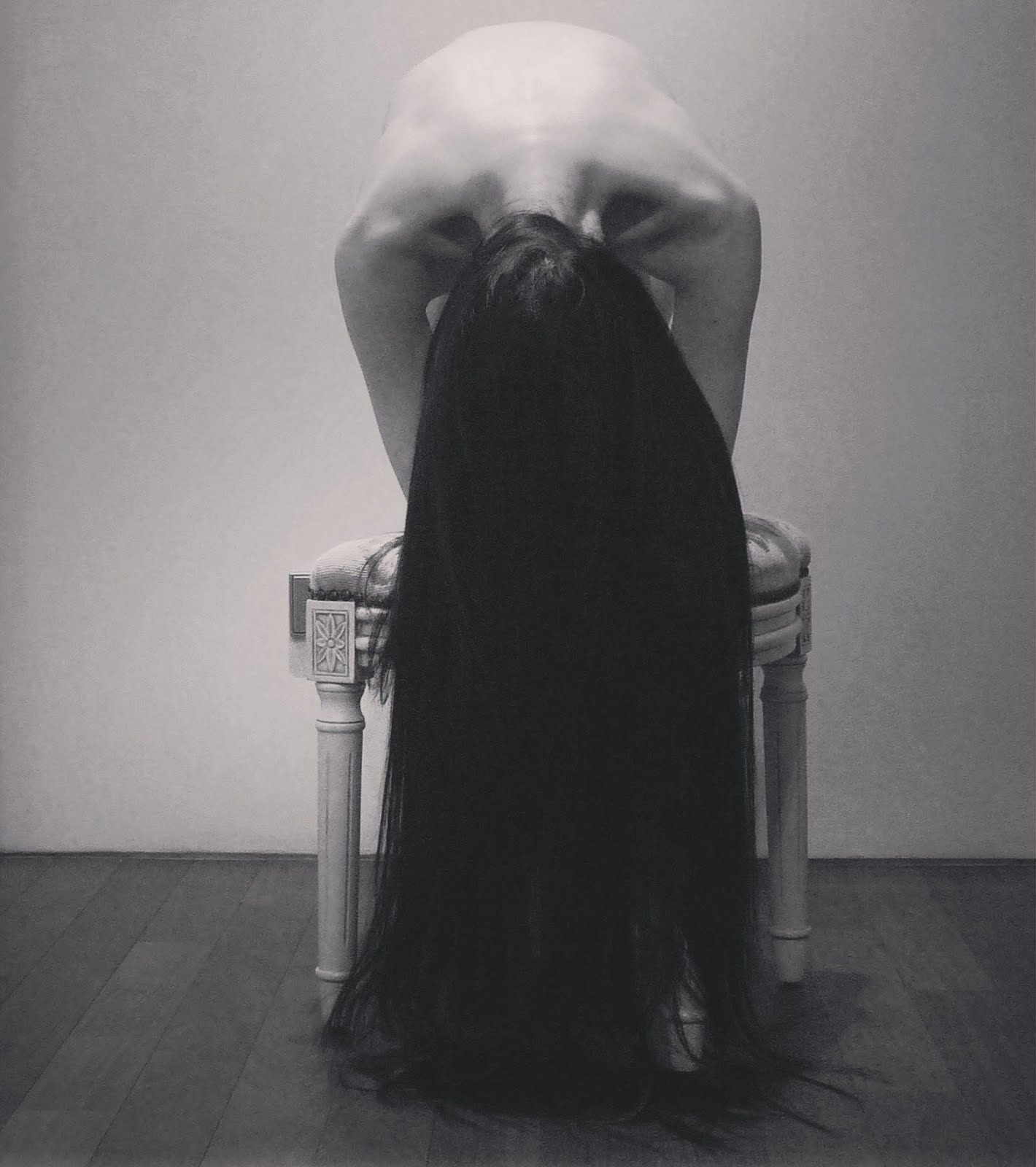“I can’t really remember the days. The light of the sun blurred and annihilated all color. But the nights, I remember them. The blue was more distant than the sky, beyond all depths, covering the bounds of the world. The sky, for me, was the stretch of pure brilliance crossing the blue, that cold coalescence beyond all color. Sometimes, it was in Vinh Long, when my mother was sad she’d order the gig and we’d drive out into the country to see the night as it was in the dry season. I had that good fortune―those nights, that mother. The light fell from the sky in cataracts of pure transparency, in torrents of silence and immobility. The air was blue, you could hold it in your hand. Blue. The sky was the continual throbbing of the brilliance of the light. The night lit up everything, all the country on either bank of the river as far as the eye could reach. Every night was different, each one had a name as long as it lasted. Their sound was that of the dogs, the country dogs baying at mystery. They answered one another from village to village, until the time and space of the night were utterly consumed.”
― Marguerite Duras, L’Amant (translated by Barbara Bray)
 |
| Les Noces de Pierrette (The Marriage of Pierrette), by Pablo Picasso, 1905. |
Picasso then spent a further six months trying to salvage his canvas―painting over certain ‘offending’ elements, and removing one figure entirely. In a 1949 interview, the artist briefly mentioned the painting, commenting that “I don’t talk about it. It’s not mine”.
The painting currently resides in the National Gallery of Art, Washington, where historians are using technology to view Les Noces’ lower layers.
(*text via Where Sleep is Irrelevant)
“It has been my face. It’s got older still, of course, but less, comparatively, than it would otherwise have done. It’s scored with deep, dry wrinkles, the skin is cracked. But my face hasn’t collapsed, as some with fine features have done. It’s kept the same contours, but its substance has been laid waste. I have a face laid waste.”
“I’ve known you for years. Everyone says you were beautiful when you were young, but I want to tell you I think you’re more beautiful now than then. Rather than your face as a young woman, I prefer your face as it is now. Ravaged.”
“Very early in my life it was too late.”
― Marguerite Duras, The Lover (translated by Barbara Bray)







No comments:
Post a Comment